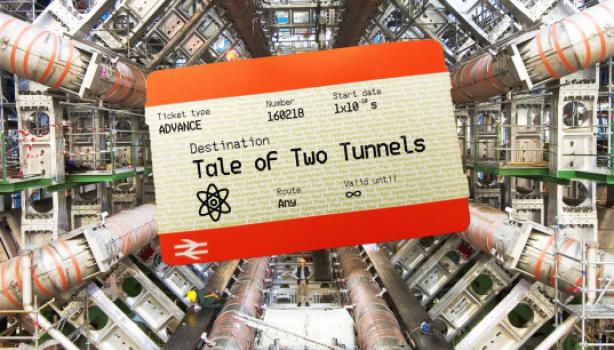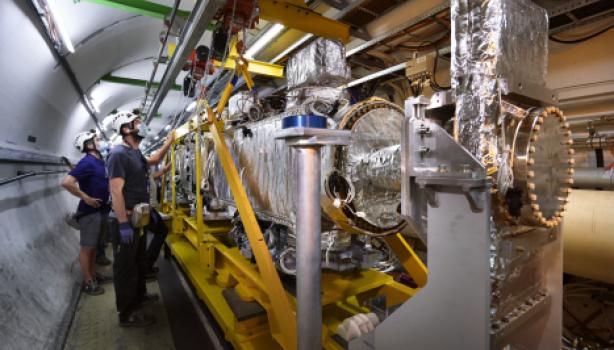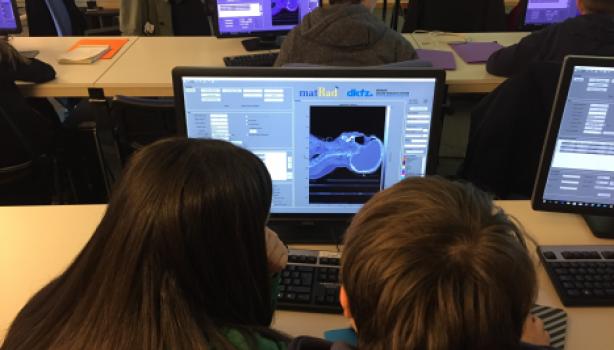The TDI (Target Dump Injection) is a beam-intercepting device installed on the two injection lines of the LHC (Large Hadron Collider) to protect the superconducting elements of the machine during injection in case of a malfunction of the injection kickers.
Due to the higher bunch intensities and smaller beam emittances expected in the HiLumi-LHC phase, and following the operational experiences of the TDI, a complete revision of the design has been performed. The result of this reengineering work is the TDIS (Target Dump Injection Segmented),a key element for the safe operation of LHC at high luminosity.
The major changes that can improve the reliability of this component are:
- A more efficient cooling circuit better integrated in the jaw, in order to dissipate the beam induced Radio Frequency (RF) heating.
- A more robust and reliable motorization system and fixation points to contain and guide any possible deformation.
- A new geometry with smaller cavities, better contacts and RF fingers to damp as much as possible the HOM.
Several other aspects were taken in consideration while reengineering the TDIS and as the letter “s” indicates, the new design is segmented! The new modular design will simplify the assembly procedure, the installation, the maintenance and will improve the robustness, setup accuracy and operational reliability of the system.
The new injection dump consists of three modules, independently movable, of equal length (each ~1.6 m long) hosting different absorber materials: two modules with low-Z absorbers blocks (graphite R4550) and one with a sandwich of higher-Z materials (Ti6Al4V and CuCr1Zr). A careful choice of the material ensures that no damage occurs in the machine as well as that the TDIS will cope with all direct beam impact conditions. Impedance, e-cloud and radiological aspects were also taken into account in the final design.
After several years of engineering and specification work, the efforts now move to the procurement of materials and components for the assembly of the TDIS prototype. As of today, most of the components required to build-up one TDIS prototype (plus one module for validation purposes at CERN’s HiRadMat testing facilities) are in the manufacturing phase, although some key elements have already been produced. Amongst them, the absorbing blocks and one back-stiffener of a jaw to be installed in the HiRadMat module. This stiffener is a structural component intended to ensure the requested flatness of the jaw’s surface exposed to the beam and is produced out of TZM (Molybdenum alloy) in order to withstand the high thermomechanical loads induced in case of beam impact.

3D view of the HiRadMat module that will be assembled in 2018 along with a full TDIS prototype (Image credit: Luca Gentini).
Finally, it should be noted that the aforementioned manufactured parts are currently going through the qualification process at CERN. Ultrasonic inspection and metrology analysis are so far completed and the next stage is vacuum testing to confirm the compatibility of the graphite blocks and the TZM back-stiffener with an ultra-high vacuum environment.
The start date for the assembly process of the prototype and the HiRadMat module is planned for early June, right after the arrival of the vacuum vessels.


